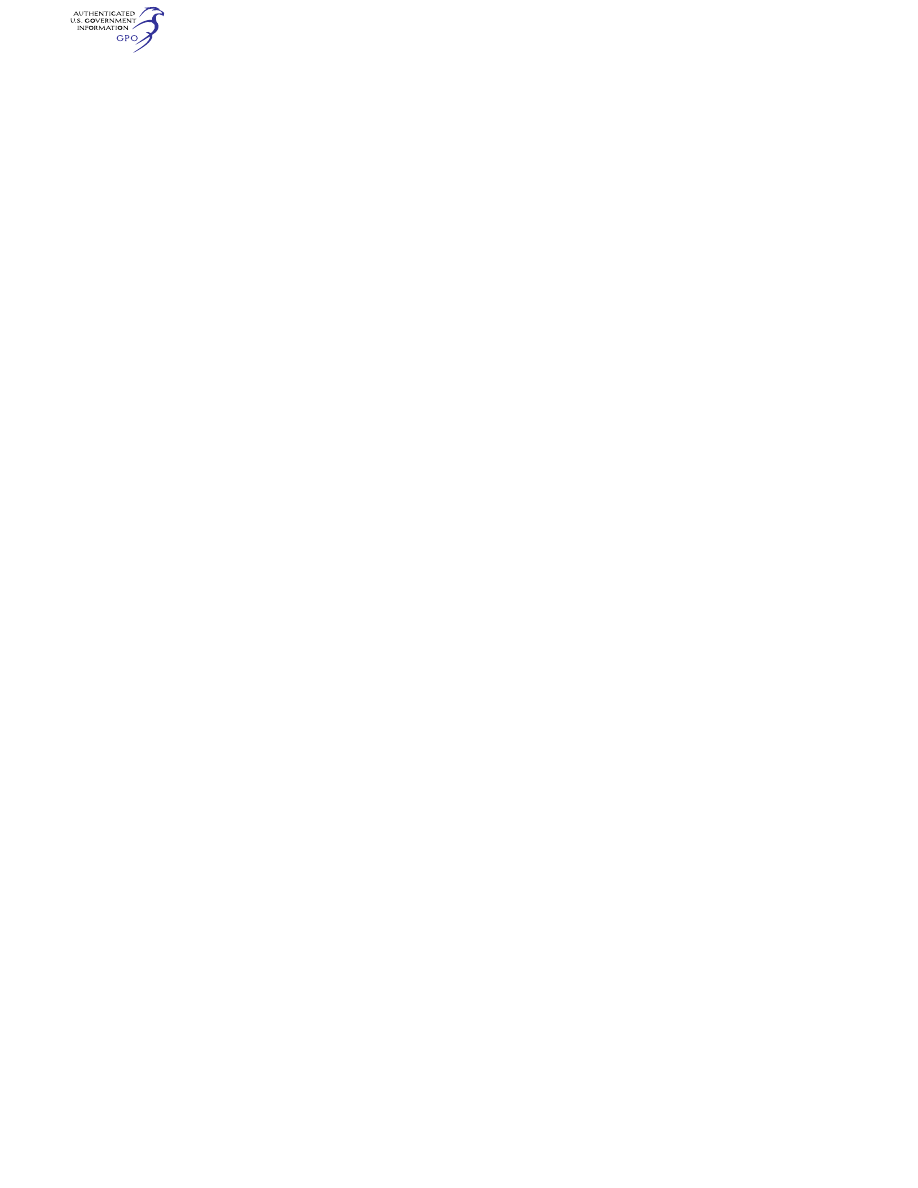
186
14 CFR Ch. I (1–1–24 Edition)
§ 121.424
(f) Compliance with this section is re-
quired no later than March 12, 2019. For
the recurrent training required in para-
graph (d) of this section, each pilot
qualified to serve as second in com-
mand or pilot in command in oper-
ations under this part on March 12, 2019
must complete the recurrent extended
envelope training within 12 calendar
months after March 12, 2019.
[Doc. No. FAA–2008–0677, 78 FR 67839, Nov. 12,
2013; Amdt. 121–382, 85 FR 10923, Feb. 25, 2020]
§ 121.424 Pilots: Initial, transition, con-
version, and upgrade flight train-
ing.
(a) Initial, transition, and conversion
flight training for pilots must include
the following:
(1) Flight training and practice in the
maneuvers and procedures set forth in
the certificate holder’s approved low-
altitude windshear flight training pro-
gram and in appendix E to this part, as
applicable; and
(2) Extended envelope training set
forth in § 121.423.
(b) Beginning on April 27, 2022, in ad-
dition to the requirements in para-
graph (a) of this section, initial flight
training for pilots in command must
include sufficient scenario-based train-
ing incorporating CRM and leadership
and command skills, to ensure the pi-
lot’s proficiency as pilot in command.
The training required by this para-
graph may be completed inflight or in
an FSTD.
(c) The training required by para-
graph (a) of this section must be per-
formed inflight except—
(1) That windshear maneuvers and
procedures must be performed in an
FFS in which the maneuvers and pro-
cedures are specifically authorized to
be accomplished;
(2) That the extended envelope train-
ing required by § 121.423 must be per-
formed in a Level C or higher full
flight simulator unless the Adminis-
trator has issued to the certificate
holder a deviation in accordance with
§ 121.423(e); and
(3) To the extent that certain other
maneuvers and procedures may be per-
formed in an FFS, an FTD, or a static
airplane as permitted in appendix E to
this part.
(d) Except as permitted in paragraph
(e) of this section, the initial flight
training required by paragraph (a)(1) of
this section must include at least the
following programmed hours of inflight
training and practice unless reduced
under § 121.405;
(1) Group I airplanes—
(i)
Reciprocating powered.
Pilot in
command, 10 hours; second in com-
mand, 6 hours; and
(ii)
Turbopropeller powered.
Pilot in
command, 15 hours; second in com-
mand, 7 hours.
(2)
Group II airplanes.
Pilot in com-
mand, 20 hours; second in command, 10
hours.
(e) If the certificate holder’s ap-
proved training program includes a
course of training utilizing an FFS
under § 121.409 (c) and (d) of this part,
each pilot must successfully com-
plete—
(1) With respect to § 121.409(c) of this
part—
(i) Training and practice in the FFS
in at least all of the maneuvers and
procedures set forth in appendix E of
this part for initial flight training that
are capable of being performed in an
FFS; and
(ii) A proficiency check in the FFS or
the airplane to the level of proficiency
of a pilot in command or second in
command, as applicable, in at least the
maneuvers and procedures set forth in
appendix F of this part that are capa-
ble of being performed in an FFS.
(2) With respect to § 121.409(d) of this
part, training and practice in at least
the maneuvers and procedures set forth
in the certificate holder’s approved
low-altitude windshear flight training
program that are capable of being per-
formed in an FFS in which the maneu-
vers and procedures are specifically au-
thorized.
(f) Compliance with paragraphs (a)(2)
and (c)(2) of this section is required no
later than March 12, 2019.
(g) Before April 27, 2022, upgrade
flight training must be provided in ac-
cordance with paragraphs (a), (c), (e),
and (f), of this section or § 121.426. Be-
ginning on April 27, 2022, upgrade flight
